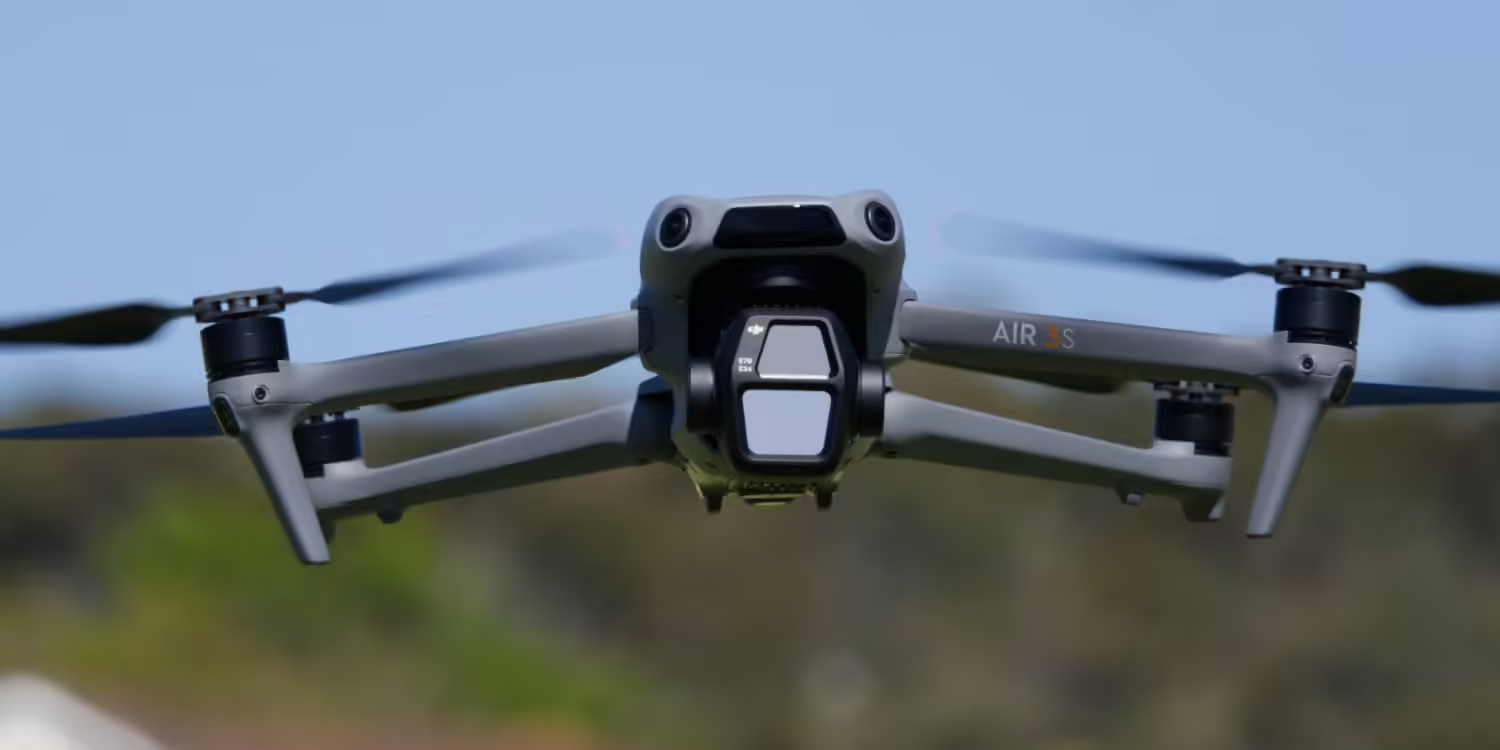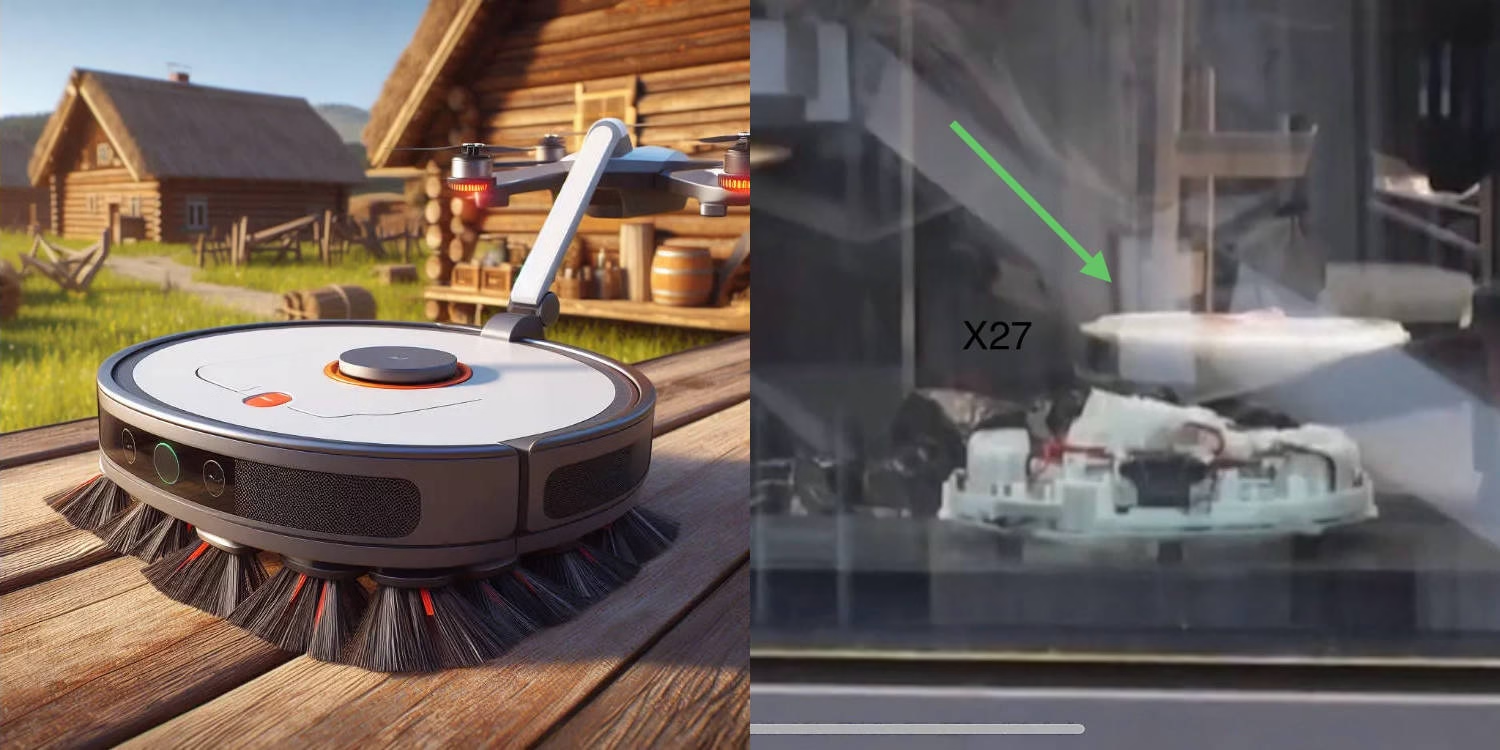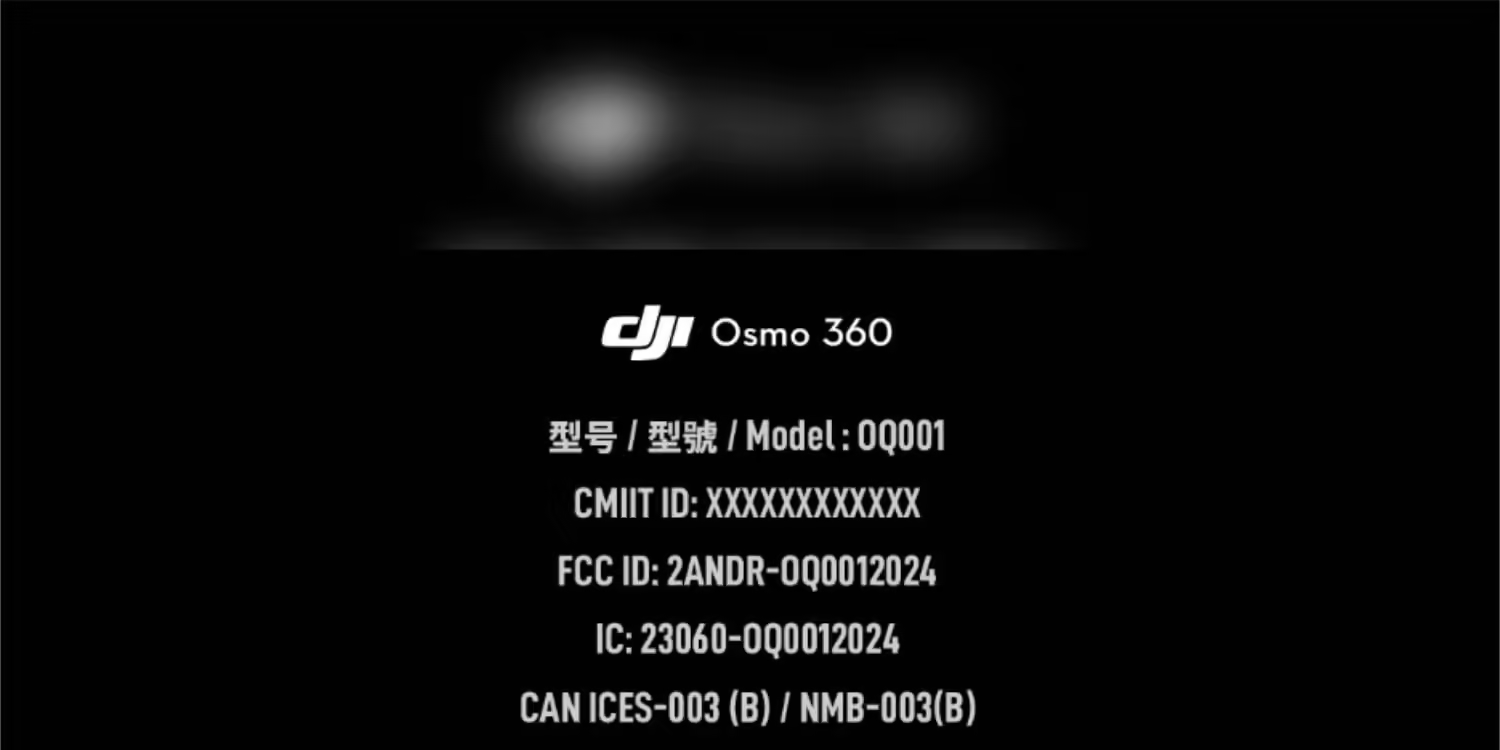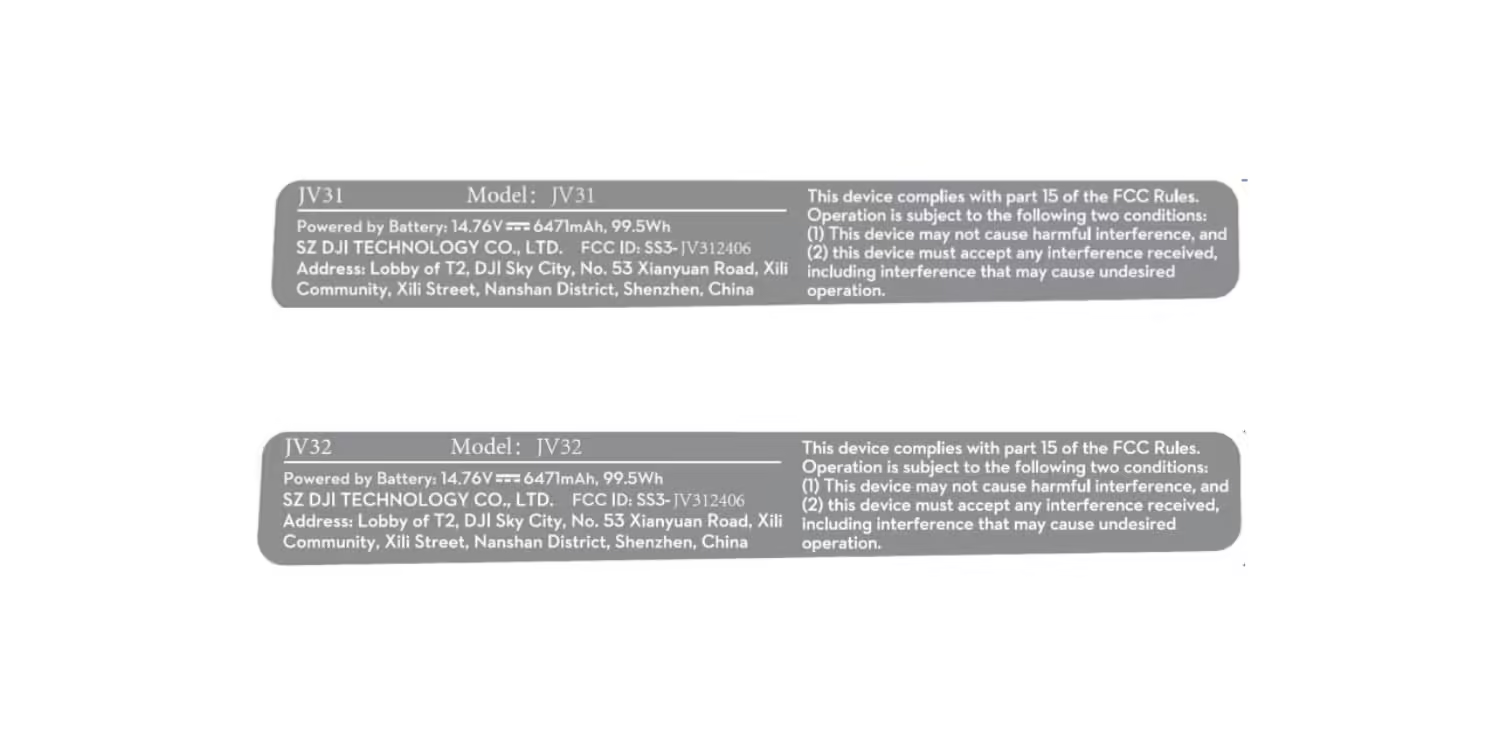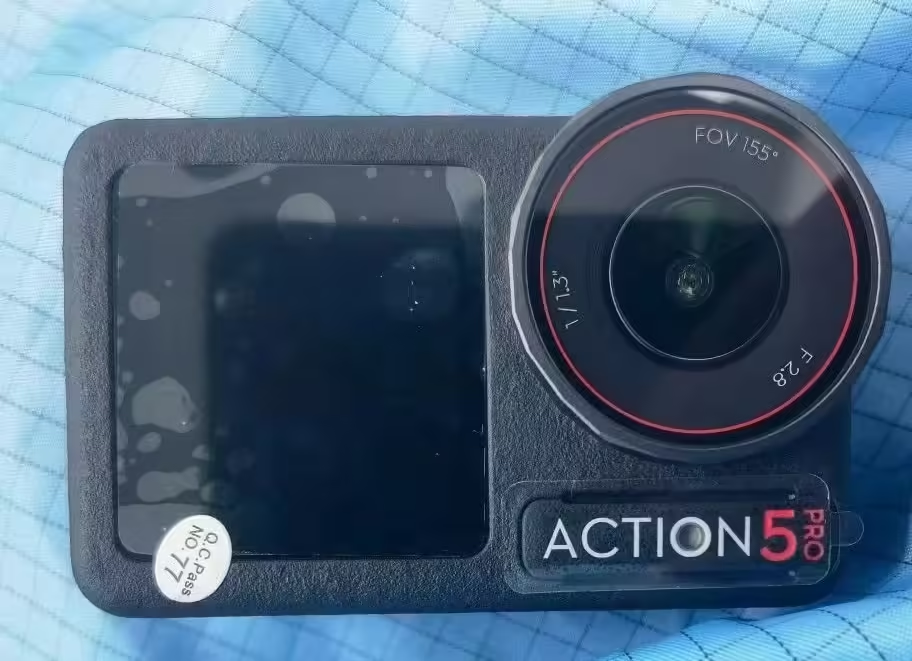The DJI Air 3S boasts a 50MP 1-inch sensor capable of 4K/60fps HDR and 4K/120fps video, upgraded obstacle sensing, and a more advanced return-to-home mode thanks to a first-of-its-kind forward-facing LiDAR sensor in a consumer DJI drone.
Quick disclaimer, DJI has sent us the drone for review, but haven’t seen this video or paid any money for the review.
So, let’s get into it.
In the DJI RC 2 Fly More Combo we have in front of us, you’ll find the drone with the European C1 marking, RC 2 remote controller, three batteries, a battery charging hub, shoulder bag, ND filters (ND8, 32, and 64), USB-C to C cable, and five pairs of propellers, everything you need for non-stop flying right out of the box.
Let’s get the key specs out of the way quickly.
The Air 3S has a 45-minute advertised flight time with a 20km 10-bit video transmission range thanks to DJI’s OcuSync 4 transmission tech. It also features 42GB of built-in storage, letting you fly and capture footage without a microSD card. The drone can also transfer photos and videos to your phone wirelessly even while powered off.
How do the cameras perform?
Moving onto the camera package. The Air 3S features a 50MP, 1-inch main sensor with a 24mm lens. It supports 4K HDR video at 60fps and non-HDR at 120fps with support for 10-bit D-Log M and HLG. The secondary sensor is a 48MP, 1/1.3-inch tele camera with a 70mm lens and 3x optical zoom.




The cameras on the Air 3S are great. Focusing on the secondary tele camera first quickly. It’s the exact same sensor as the Air 3 had, it captures great photos, nice tight shots and allows for some shots that you wouldn’t get with a single camera drone.
The main camera has been upgraded from the Air 3, excelling in low-light performance, a key improvement for DJI. The images are crisp, and with full manual control over both sensors, it delivers everything and more you’d expect at this price point.
To see videos captured on the Air 3S be sure to watch our video review here.
How does the DJI Air 3S fly?
As you would expect from a DJI drone, it flies great without any issues. The controls are fluid and smooth with the added speed from sport mode for faster shots. And includes all of the usual smart modes, including Hyperlapse, ActiveTrack and MasterShots.
LiDAR on a consumer drone?
A standout feature is the forward-facing LiDAR scanner. LiDAR, or Light Detection and Ranging, uses laser pulses to measure distances to objects, enhancing obstacle detection, especially in low-light or night flights, providing a safer flying experience.
Air 3S pricing and availability
The DJI Air 3S is available right now starting at AU$1699 for the RC-N3 package and ranges up to AU$2429 for the DJI RC 2 Fly More Combo, which includes ND filters, two additional batteries, a charging hub, a shoulder bag, and extra propellers.
At this price, the Air 3S competes closely with the Mavic 3 Classic, but with the added tele sensor, newer controller, and improved safety system, it offers excellent value, only missing the Mavic 3’s larger four-thirds sensor.
Should you get the DJI Air 3S?
There is no doubt about it. The Air 3S is another great consumer drone from DJI that will perform extremely well for pretty much everyone that will buy it. It’s a welcomed incremental update over the Air 3 as DJI continues to put out reliable and quality flying cameras.
There are three main reasons to consider the Air 3S, its dual-camera setup for tighter and more complex shots, the larger 1-inch sensor for improved low-light capture, and the forward-facing LiDAR for low-light obstacle detection, perfect for night flyers with the legal authority to do so.
